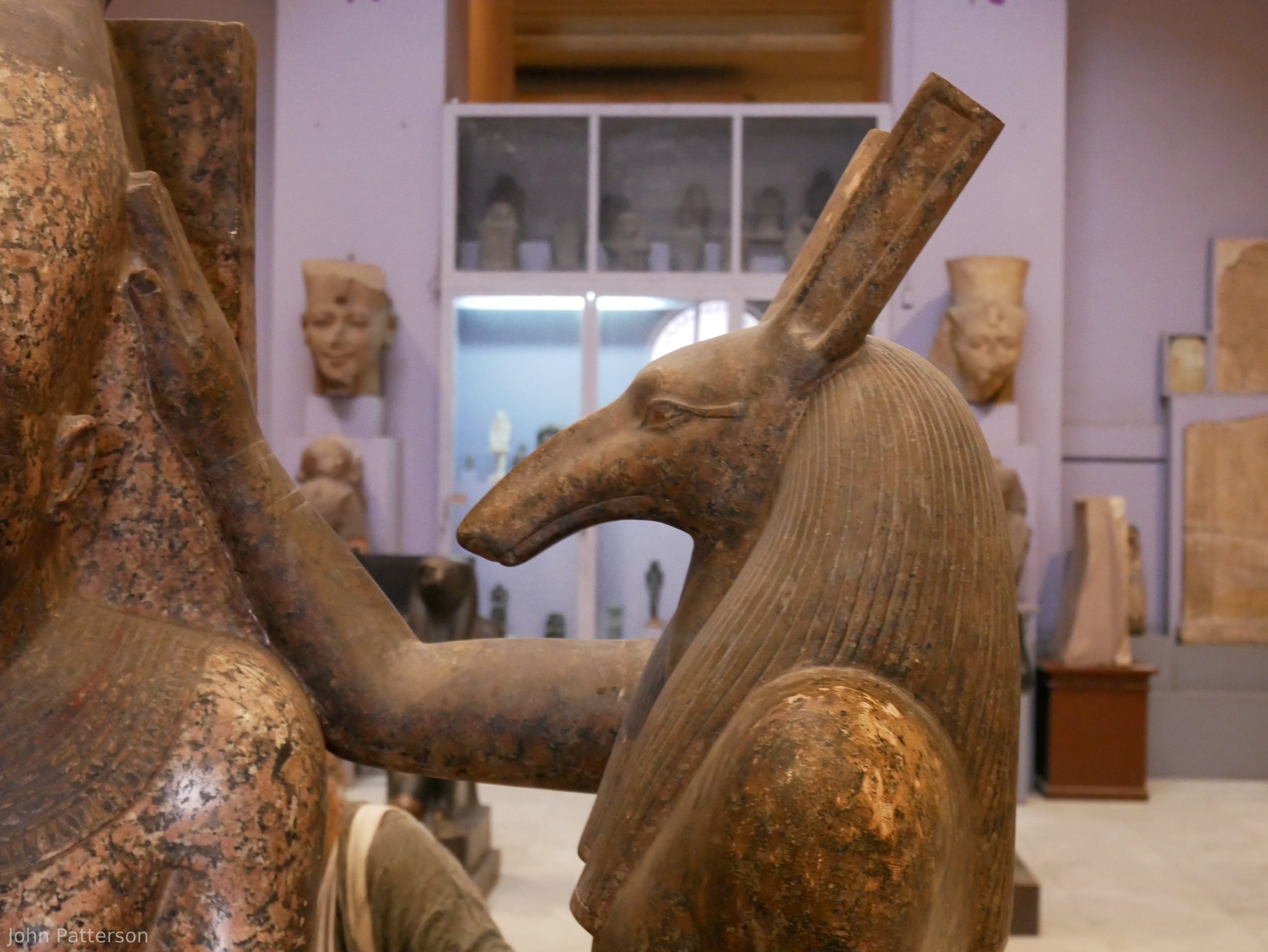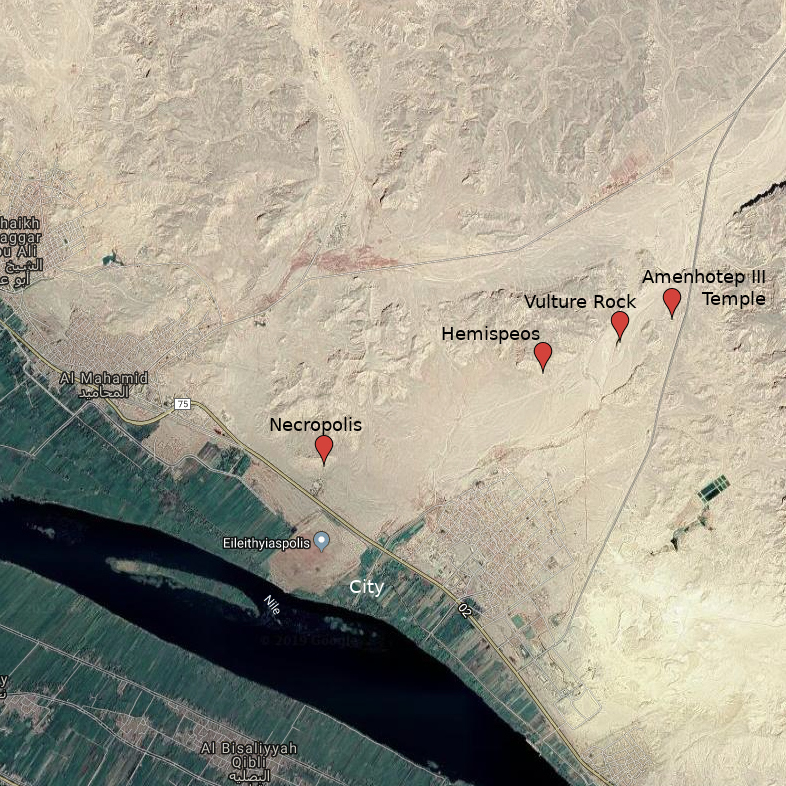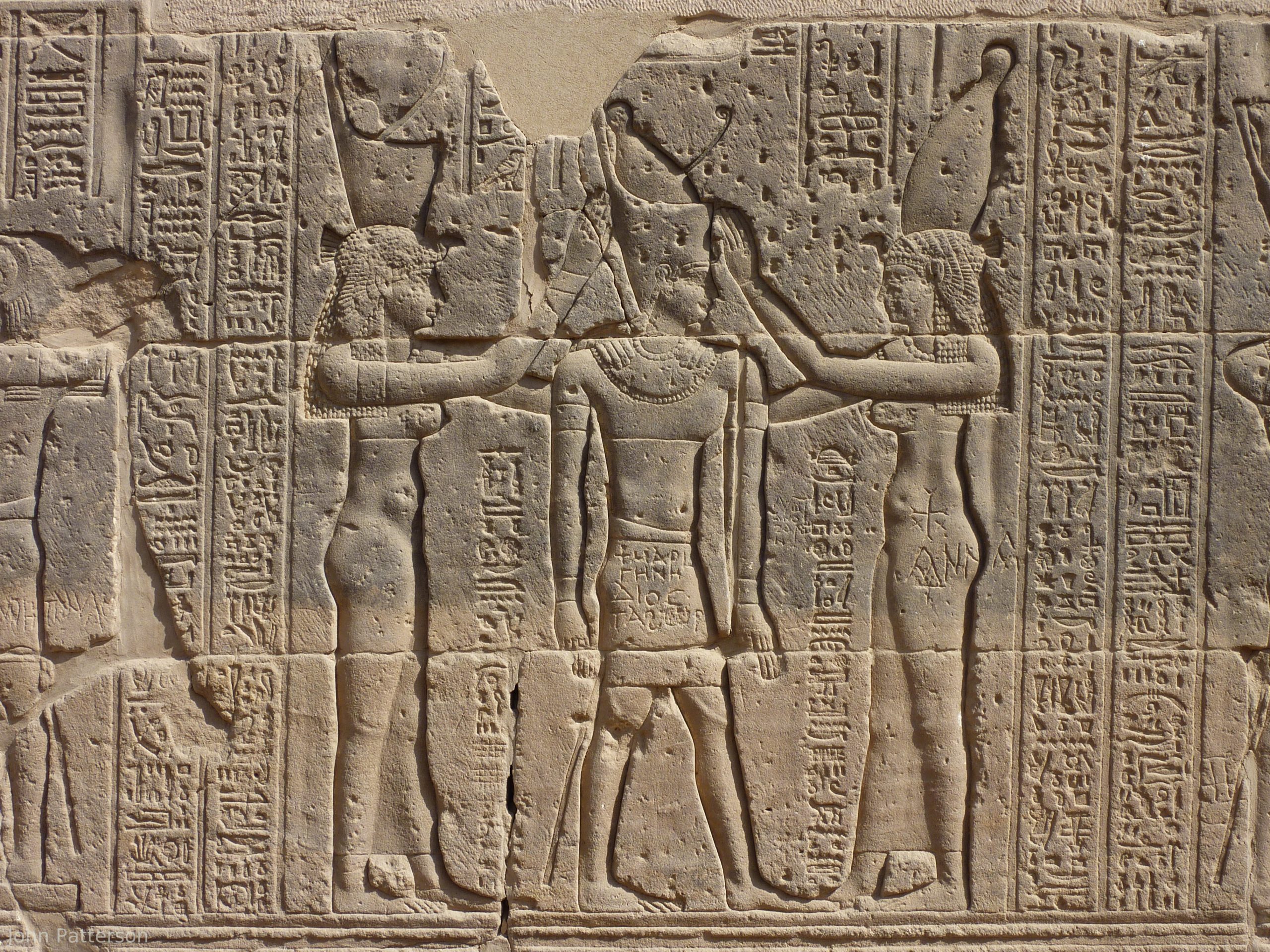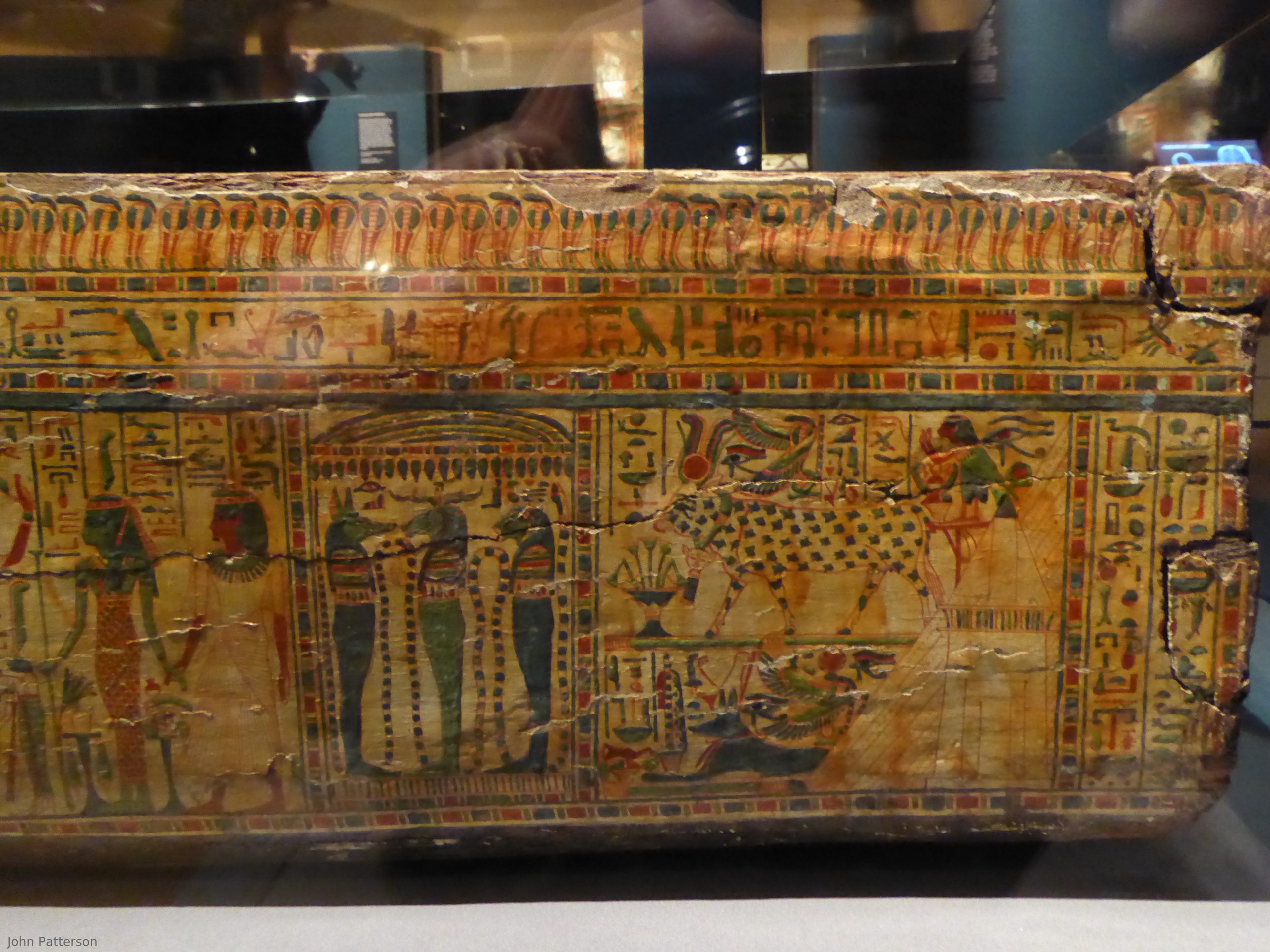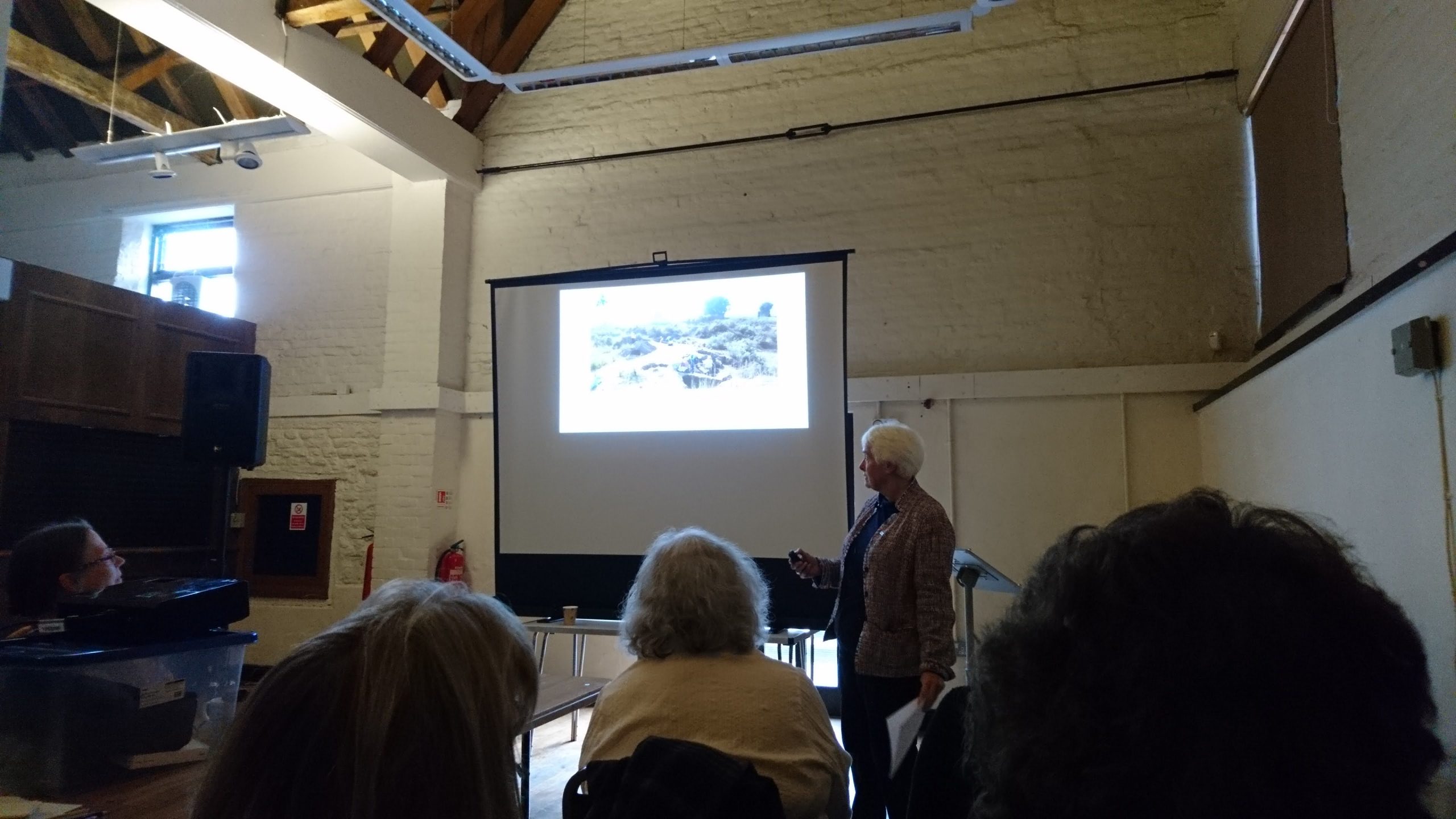“Pyramids and Elephants: the Kingdom of Meroë” Robert Morkot
At the beginning of July Robert Morkot gave a talk to the Essex Egyptology Group (and guests) via Zoom. He’d previously visited us to talk about the 25th Dynasty of Egypt who were from Kush, and this talk followed on from that to tell us about the culture in what is now Sudan after the 25th Dynasty were forced from Egypt in the mid-1st Millennium BCE. Morkot explained that he wanted to give us an overview of a huge span of time (from 700 BCE to 350 CE), and show us lots of photos of Meroitic artifacts. Not much modern work is being done on the culture of Meroë compared to Egypt – many of the people who work on the region come from Egyptology and tend to work on New Kingdom sites in North Sudan. He began by giving us the geographical context of Kush and Meroë, and talked… Read More »“Pyramids and Elephants: the Kingdom of Meroë” Robert Morkot
